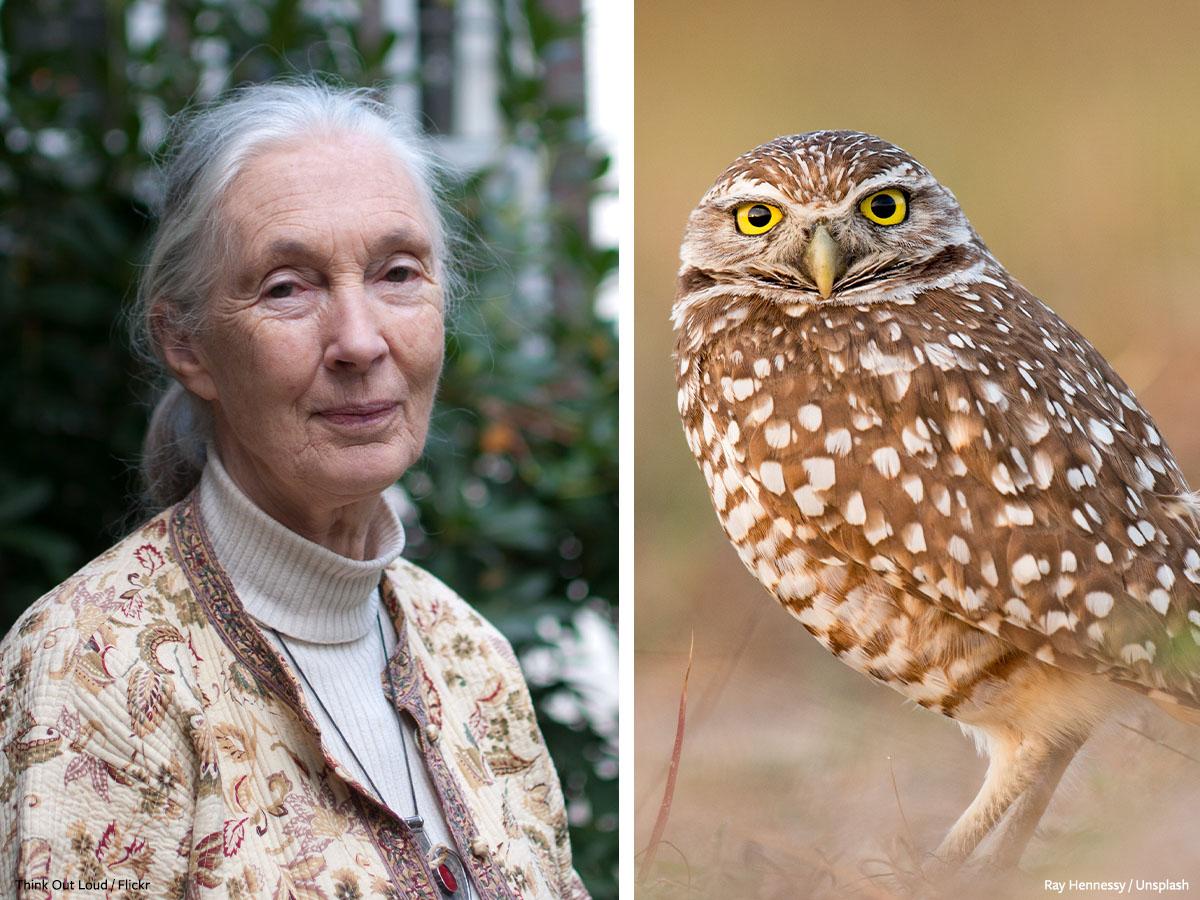MEDIA RELEASE: California Coastal Commission Approves Poison Bait Drop on Farallones National Marine Sanctuary
San Francisco (December 17, 2021) — Thursday’s virtual online public hearing of the California Coastal Commission has unfortunately led to a narrow vote of 5 to 3 approving the use of helicopters to scatter 1.5 metric tons of cereal bait laced with an extremely toxic second-generation anticoagulant rodenticide onto the delicate ecosystem of the Southeast Farallon Island by the U.S. Fish and Wildlife Service. Commissioners Donne Brownsey, Sara Aminzadeh, Katie Rice, Mike Wilson, and alternate Dr. Shelley Luce voted for the drop while Dr. Caryl Hart, Carole Groom, and Roberto Uranga voted against it.
The Commission’s approval was granted for the poison project to proceed in spite of formal opposition expressed at the hearing by Dr. Jane Goodall, the Honorable Leon Panetta, and former Representative Lynn Woolsey, whose tenure in Congress was instrumental in the designation and expansion of the Greater Farallones National Marine Sanctuary, as well as concerns about the plan expressed by several members of the Commission itself.
Watch: Video testimony from Dr. Jane Goodall
In response to this helicopter poisoning proposal, Richard Charter, with the Coastal Coordination Program of The Ocean Foundation, said “The Sanctuary Program will now need to finally wake up and do their job and protect our public trust wildlife, since there is not even a confirmed Director of the U.S Fish and Wildlife Service yet. For the California Coastal Commission, whose members are sworn to supposedly protect the California coast, to irrationally approve a proposal by the Biden Administration to spread a deadly multi-species ecosystem poison amidst our National Marine Sanctuary in Nancy Pelosi’s congressional district is beyond ironic, it’s totally incomprehensible.”
"Thousands of In Defense of Animals supporters urged the California Coastal Commission to enact humane and effective solutions but instead it has issued a death sentence on the delicate Farallon Island ecosystem," said Lisa Levinson, of In Defense of Animals. "An untold number of animals large and small will be impacted by this decision for years to come. Once brodifacoum inevitably becomes part of the food web, it will kill exponentially more animals than it could possibly save.”
“WildCare is very disappointed at the Commission's decision to grant consistency to the poison drop plan,” said Alison Hermance of WildCare. “This poison will have effects that will travel beyond the target species and beyond the shores of the Islands. Brodifacoum is an environmental poison that travels up the food chain killing and sickening wildlife of many species.We continue to question whether it will be possible to keep gulls from ingesting the poison and returning to our shores. We understand the need to control the mouse population on the islands, but can't support an approach that puts so many other animals at risk. We stand ready to care for wildlife throughout the region if the predictions of disaster come true.”
“A large coalition of over 50 NGOs, fishing organizations, and scientists concerned about impacts to ocean resources expressed their collective opposition to the U.S. Fish and Wildlife Service project to present to Coastal Commissioners and are asking for a safer, non-toxic alternative,” said Cea Higgins, Co-Founder of Save the Sonoma Coast.
“Brodifacoum will end up in the public's food chain via Chinook Salmon and Dungeness Crab,” cautioned Frank Egger, president of the North Coast Rivers Alliance.
“Non-target” animals will inevitably also be slowly killed by the poison drop since Western Gulls fly back and forth to the mainland daily. The U.S. Fish and Wildlife Service calculates that it would take a mortality rate of 1,050 gulls to make a population-level impact on the Western Gulls on the Farallones and this poison drop could meet or exceed this number. A former Fish and Wildlife official has predicted that as many as 3,000 gulls may die unnecessarily as a result of what is called “bykill.”
### More information ###
Assets:
Dr. Jane Goodall Video: https://youtu.be/mhHRfXbXpN4
Over 8,000 concerned citizens sent emails opposing the poison drop.
Contacts:
Richard Charter, Coastal Coordination Program, 707-875-2345, 707-875-3482, waterway@monitor.net
Lisa Levinson, In Defense of Animals, 215-620-2130, lisa@idausa.org
Alison Hermance, WildCare, alisonhermance@discoverwildcare.org
In Defense of Animals is an international animal protection organization based in Marin County, California, with over 250,000 supporters and a 38-year history of fighting for animals, people, and the environment through education and campaigns, as well as hands-on rescue facilities in India, South Korea, and rural Mississippi. www.idausa.org/wildanimals
WildCare delivers world-class medical care in its open admission wildlife hospital, together with exceptional environmental education, community engagement, and effective advocacy for the protection of wildlife and our shared habitat. www.discoverwildcare.org
Coastal Coordination Program of The Ocean Foundation provides a trusted voice for marine life, estuaries, and coastal waters to protect sensitive waters from risky offshore drilling and its routine toxic discharges and accompanying potential for disastrous major oil spills. http://SanctuaryBook.org
### ENDS ###


